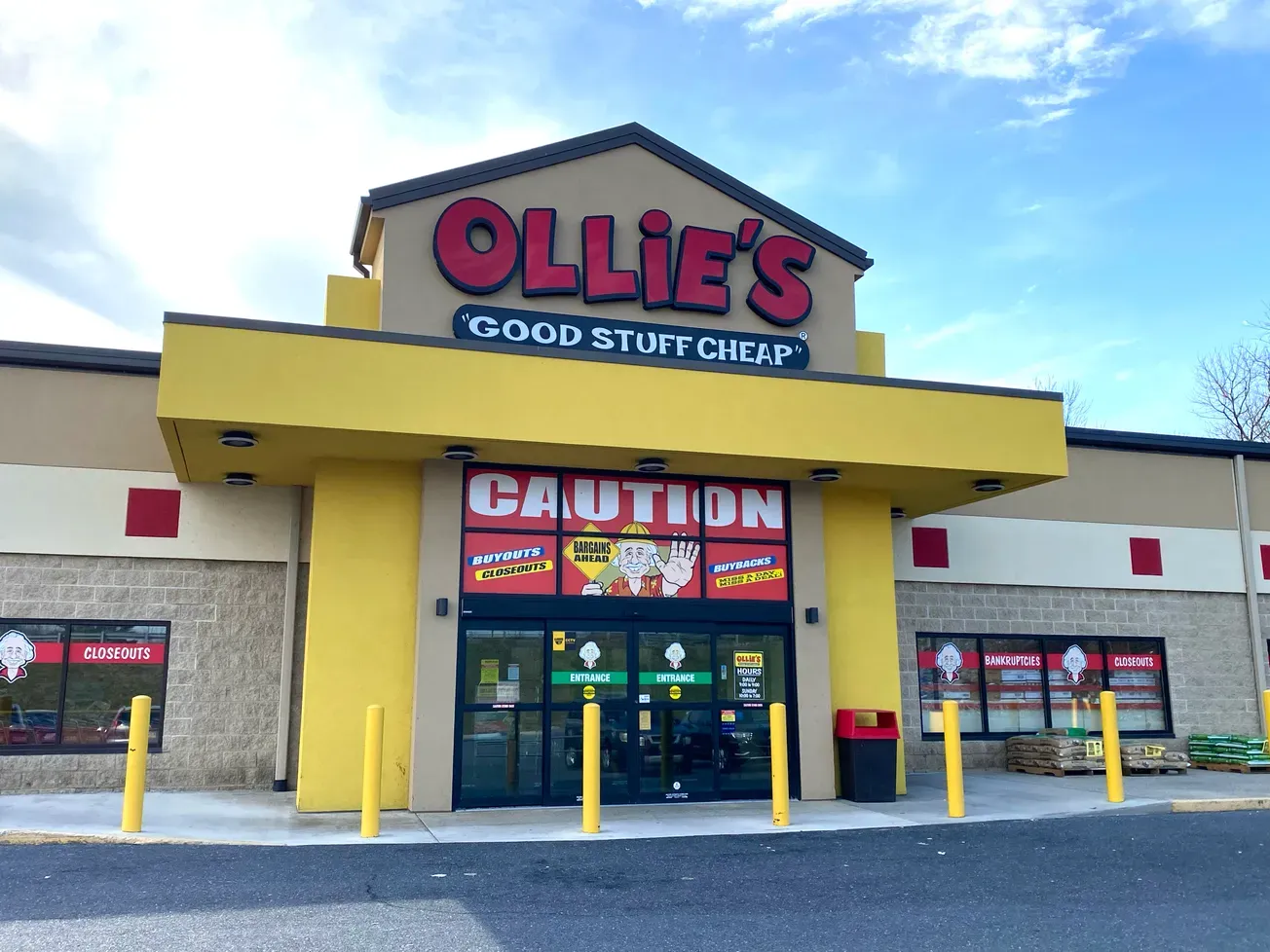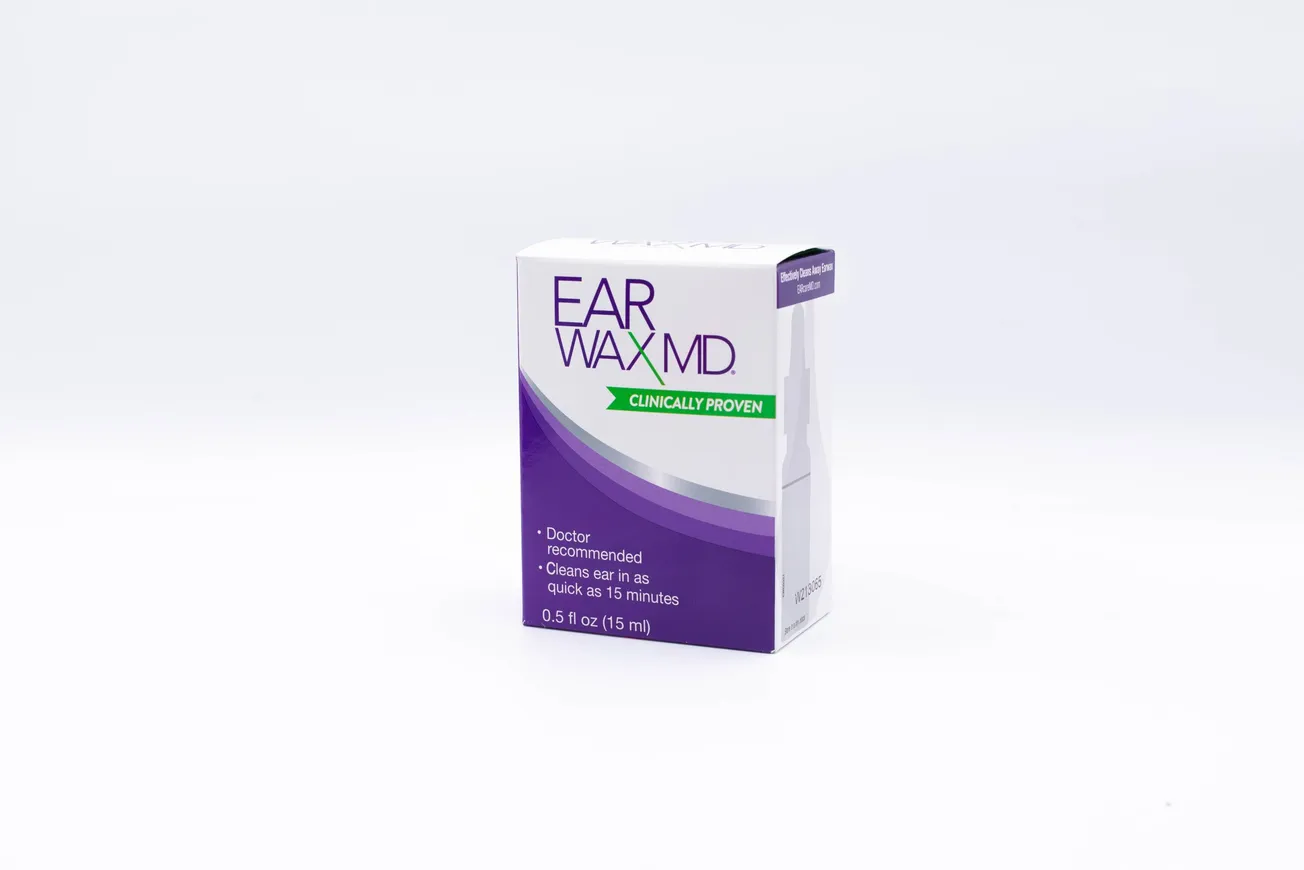
NEW YORK — Ordering everyday goods online and having them delivered to your doorstep has become a norm in many American households. While e-commerce sales growth illustrates this new norm, how will these convenience-based purchasing methods play a role in back-to-school shopping for traditional supplies?
According to NPD U.S. retail sales data, e-commerce dollar spend on office and school supplies during the 2017 back-to-school season increased by $56.4 million over the prior year. With the continued growth of online ordering and retailer-specific back-to-school programs, this number will likely continue along its positive trajectory this year. The first week of 2018 back-to-school sales supports this expectation, as brick-and-mortar sales declined $1.3 million and e-commerce sales grew $1.1 million in the week ending June 30.
Many big-box retailers have bolstered their online presence by introducing express shipping for online orders and in-store pickup options. Several have provided the convenient option of accessing school lists online that are created by teachers across the nation. Parents are able to look up their child’s school to find their customized list and select “Add to Cart” for a hassle-free shopping experience.
In the spirit of Amazon Prime Day, what impact may we anticipate the e-commerce giant to have on the back-to-school season? Amazon now boasts over 100 million Prime members, as reported by Amazon’s CEO Jeff Bezos in April 2018. Back-to-school shoppers will likely turn to Amazon for deals and promotions, and the convenience of saving time. Over half of Amazon Prime members are Millennials, a generation that makes up more than one-quarter of the U.S. population. A portion of Millennials are stepping into the role of “back-to-school shopper” for their young children, and expect the convenient shopping experiences of which they are accustomed.
A challenge that retailers may face in this new era of back-to-school shopping is striking the balance between delivering convenience to Millennial parents, while still providing unique offerings to Gen Z students. In NPD’s whitepaper, “A Guide to Gen Z: Debunking the Myths of Our Youngest Generation,” which offers insights into how Gen Z differs from other generations, NPD’s Food industry advisor David Portalatin says that Gen Z consumers “view themselves as a brand and curate, post, and own brands that help tell the story of who they are. They don’t look to brands for status, exclusivity, or a guarantee of quality. They use brands to create identity.”
It is necessary for the office supplies industry to understand and take action to address the channel as well as generational shifts happening in today’s competitive retail landscape. With click capturing share from brick, Millennial parents stepping in as the next generation of “back-to-school shoppers,” and Gen Z our future, the impact of these shifts will only grow more prevalent over time.
Tia Frappoli is president, Office Supplies, of the NPD Group









